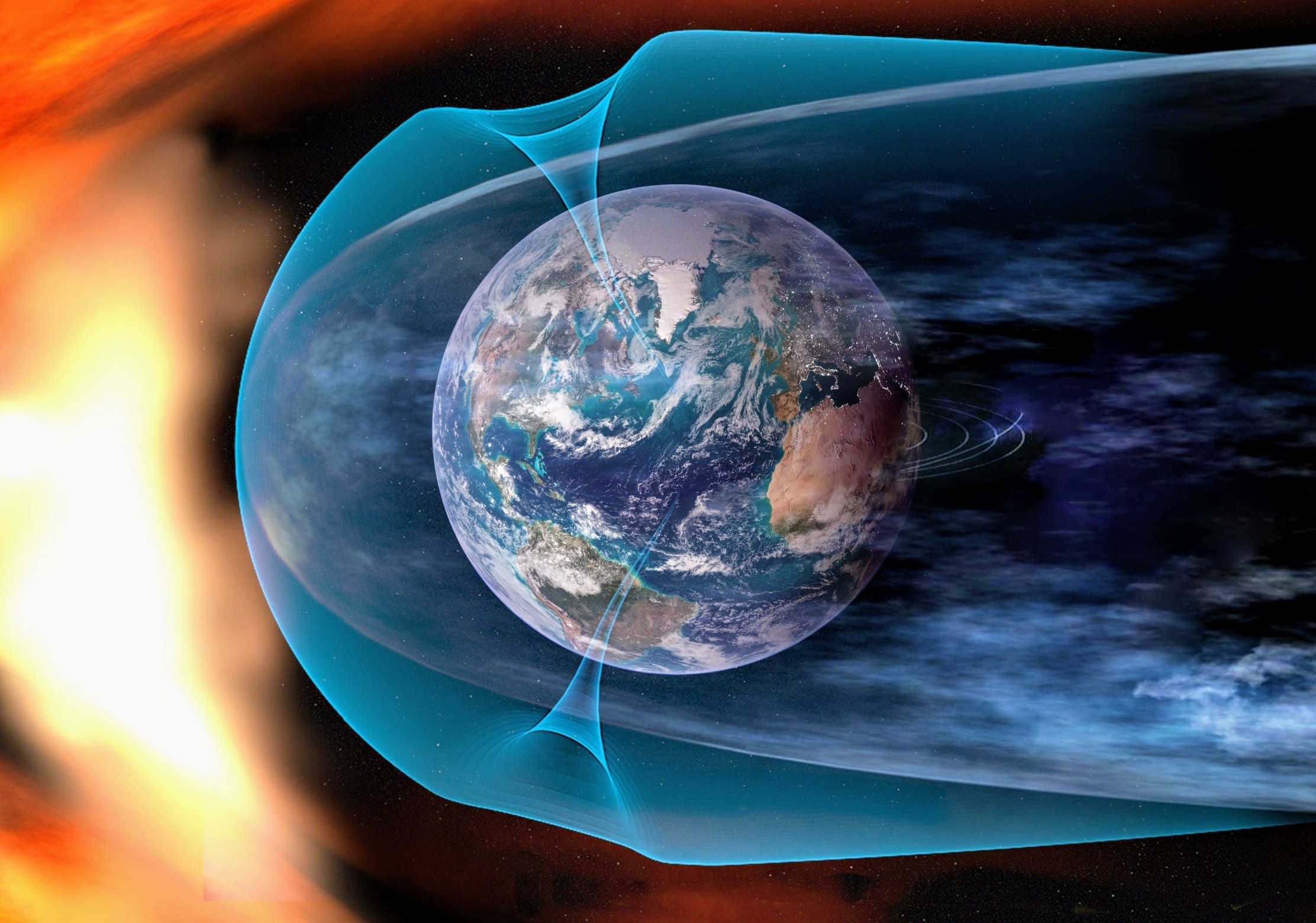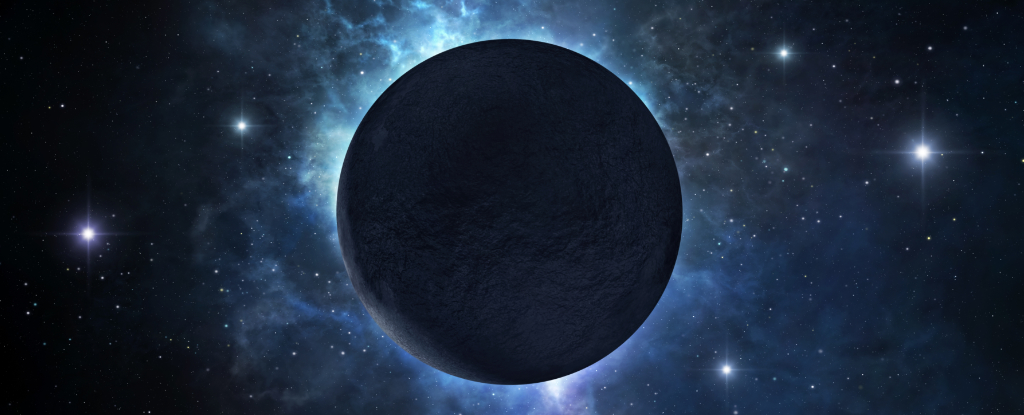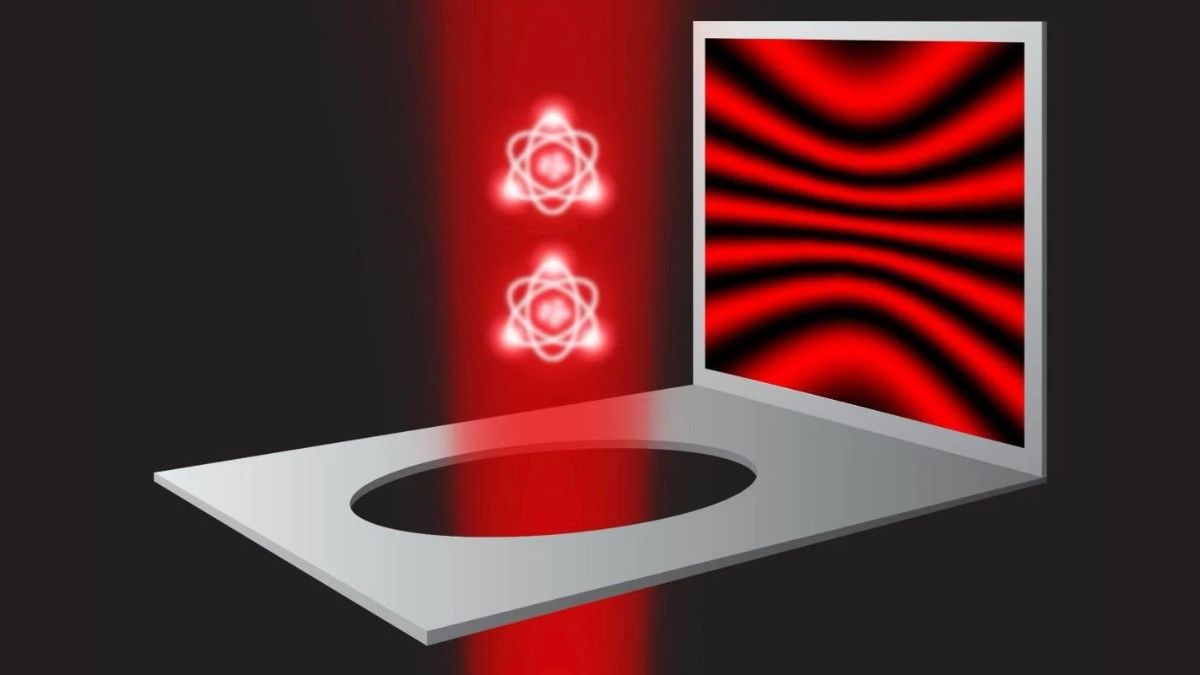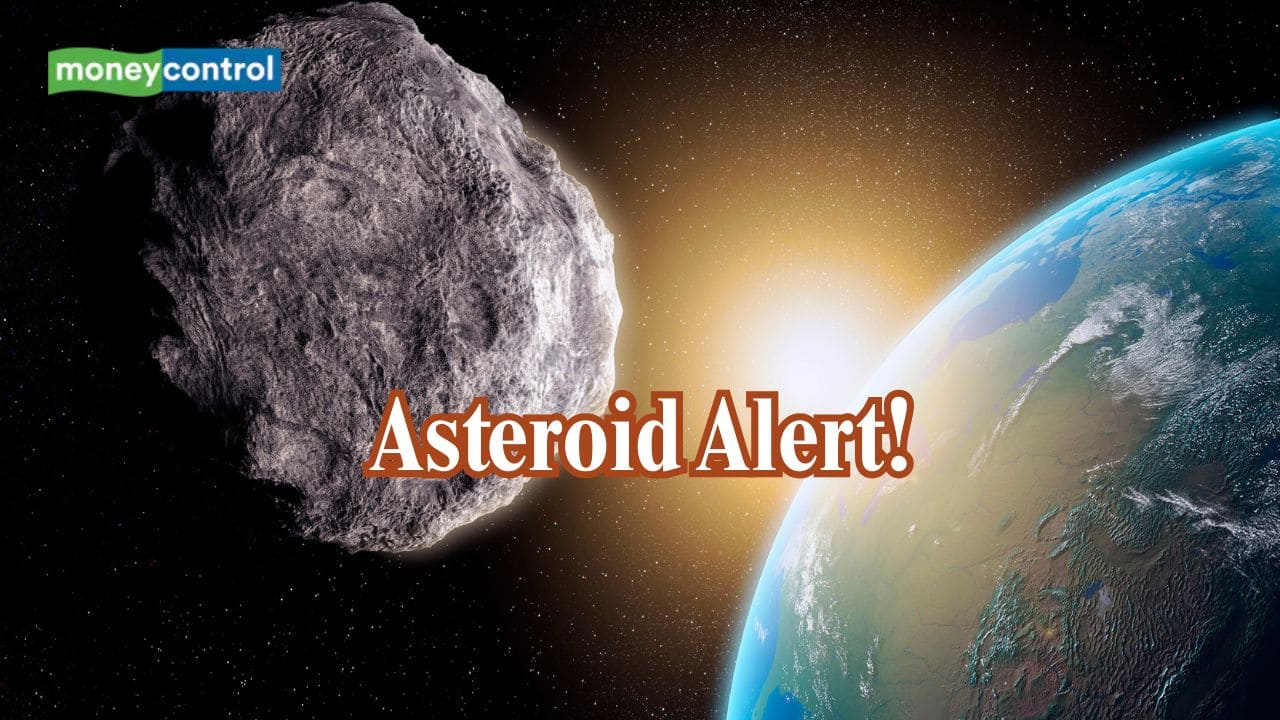The Environmental Impact of the New Space Rush: A Growing Concern

Over the past decade, the landscape of space exploration and commercialization has transformed dramatically. The ability to launch payloads into orbit has become not only cheaper but significantly more accessible. This surge in space activity, often referred to as the 'space rush,' brings with it a host of potential consequences, many of which remain poorly understood. Particularly alarming are the environmental impacts on Earth and the increasing risk of space debris, a concern that is amplified by the ongoing reductions in research funding and regulatory oversight within the United States.
Historically, rocket launches were infrequent events, often subjected to extensive scrutiny regarding their environmental footprint. Although pollution from these launches has been a concern—leading to some mitigation strategies, such as those in place for the Ariane 6 rocket—the recent uptick in launch frequency is unprecedented. In just the first four months of 2025, the number of launches has already surpassed the total for the entire year of 2018. Currently, there are approximately 14,932 objects in orbit around the Earth. Notably, nearly half of these, totaling 7,236, are Starlink satellites operated by SpaceX, making them the most substantial group of satellites in orbit.
The exponential growth in the number of satellites poses significant environmental concerns. Studies investigating the atmospheric pollution resulting from rocket launches and the potential degradation caused by burning debris in higher atmospheric layers, including the ozone layer, have begun to emerge. However, these studies are still in their infancy, indicating a pressing need for further research to fully understand the long-term implications of this burgeoning satellite network. According to the nonprofit organization Public Employees for Environmental Responsibility (PEER), the timing of recent funding cuts to environmental research is particularly troubling.
Tim Whitehouse, Executive Director of PEER and a former senior enforcement attorney with the U.S. Environmental Protection Agency, lamented, “The sheer volume of atmospheric pollution from this satellite revolution is not on our national radar. The need for inter-agency and international cooperation in addressing these space impacts is becoming urgent, just as the U.S. has begun to retreat dramatically from climate science and global eco-coordination.”
PEER's concerns are echoed by a growing number of experts and activists who have established the Center For Space Environmentalism (CSE). The CSE aims to “inspire, inform, and guide the preservation and protection of the space environment,” underscoring the increasing awareness of the need for sustainable practices in space exploration.
Moreover, the implications of the rising number of satellites extend past the environmental impacts on Earth’s atmosphere. With more satellites in orbit, the risk of collisions rises significantly, which raises alarms about the potential for Kessler Syndrome. This scenario describes a self-perpetuating cascade of collisions in space, where the debris created from these incidents leads to further collisions, eventually rendering entire areas of space hazardous and inaccessible.
John Barentine, co-founder of the CSE and an astronomer at Dark Sky Consulting, stated, “We’re concerned about rapid and irreversible changes to orbital space, the Moon, Mars, and beyond. Right now, there is nothing like the Center to speak up for the protection of the space environment.”
These developments occur against a backdrop of political turmoil, where former President Trump and his advisor, billionaire Elon Musk, have frequently criticized scientific approaches to climate change, leading to budget cuts that could devastate critical climate research. This has led to concerns about a conflict of interest, particularly when federal investigations into Musk’s companies seem to coincide with administrative actions that reduce oversight and scientific capacities.
Whitehouse further emphasized the gravity of the situation: “A huge and expanding chemistry experiment is taking place in our atmosphere while we fire the scientists needed to monitor it. Unfortunately, and unbelievably, the person best positioned to profit from lax satellite regulation has been put in charge of dismantling the oversight agencies and eliminating their scientific capacity.”
As our daily lives become increasingly intertwined with space technology—from weather forecasting to telecommunications—the urgency to grasp the implications of these developments cannot be overstated. Despite our reliance on satellite technology, our understanding of the consequences of this new space economy remains limited, highlighting the need for a renewed focus on environmental stewardship in our quest to explore and utilize outer space.




























